Mosque Name: Sidi Ghanem Mosque
Country: Algeria
City: Mila
Year of construction (AH): 58
Year of construction (AD): 678
GPS: 36.450383° 6.271528°
Original Qibla: Parallel
For a Link to the Qibla Tool Click Here
Description:
The oldest mosque in Africa is known as the Sidi Ghanem Mosque. It is about 400 miles east of Algeriers in the old city of Mila. The city of Mila was originally a Roman city. The Umayyad Arab armies arrived around 59 AH or 675 AD. They conquered the city under the commanded of Abu al-Muhajir Dinar. It seems that, that same year, the command was given to clear a spot near a Christian basilica, and to construct a mosque. There were plenty of building materials, blocks and columns that could be taken from the basilica. But the mosque did not align with the Roman basilica, nor to the Roman city street plan, that we know of. This mosque had lots of symbolism. For instance, its 62-meter-high minaret was built with 365 steps, the number of days in the year.
The mosque was originally known as the Abu al-Muhajir Dinar mosque, but later that name was stripped from the mosque. It was then given a rather obscure name, that of a local Fatimid Imam Sidi Ghanem. His grave wasn’t even in the city of Mila, but it was in the city of Oran. Never-the-less, this mosque received his name. Abu Al-Muhajir ended up with not even a mosque named after him.
Now we need to understand something about Abu Al-Muhajir. He was originally slave, to Maslama ibn Mukhallad, a respected member of the Ansar, who gave him his freedom. When Maslama was appointed governor of Egypt and Africa, he wanted to make Abu al-Muhajir the Amir or general of the Arab forces. The two trusted each other and worked together well.
The biggest problem they faced, was a man known as Uqba ibn Nafi of the Quraysh, who was already the general. You see the Muslims had stopped advancing, and were just making raids into Berber territory, but were no long capturing territory.
Abu Al-Muhajir was instructed to deal fairly and quietly with General Uqba, but instead he put him in shackles and threw him in prison. Then Abu al-Muhajar went about establishing himself in the city of Mila. He first built a headquarters, and then set about organizing the expansion of the Muslim empire further west. He also started construction of a major mosque in Mila to honor himself.
The Caliph in Damascus heard about Uqba being in prison, and requested that he be released and sent to Damascus. When Uqba left, he vowed to treat Abu al-Muhajir as he had been treated.
During Uqba’s his time in Damascus, a new caliph in Damascus Yazid came to power, and he restored Uqba as the general, and sent him back. He arrived back in 682, and the first thing he did, he put general Abu al-Muhajir into chains, and forced him to accompany him where-ever he went.
The next year Uqba’s forces were ambushed by the Berber chief Kusaila. Uqba is said to have offered to unchain Abu al-Muhajir so that he might have a better chance to fight, but Abu al-Muhajir said that he would rather die fighting wearing his chains. Both men were killed in this battle. So Uqba is buried in Algeria in the al-Shurafa cemetery with 300 other dead from the battle. So we have two Qiblas to consider. The first is Abu al-Muhajir’s mosque in Mila and the second is the mausoleum for Uqba and the graveyard at the Al-Shurafa cemetery.
The orientation of Abu al-Muhajir’s mosque in Mila is not obvious. Here is a plan for the building. It started out as a mosque, but it ceased being a mosque and was converted into a workshop, and later into a hospital.
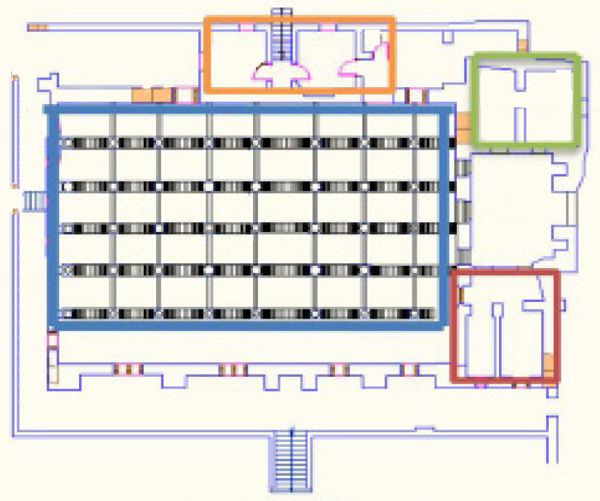
Here is the general plan of the mosque.
Now we have a problem with the orientation of this mosque. Which wall is the Qibla wall? Is it the wall on the right? It faces Petra. A Petra Qibla is 95.65 degrees. This wall faces 97.68 so it is only 2.0 degrees off, which is about average for all the other Petra Qiblas. So it seems that the Mosque was oriented towards Petra. It is in the time period when all mosques faced Petra. It is still 28 years before Hajjaj builds his mosque. It was started right about the time that the 2nd Islamic civil war started. So we might assume that this mosque faced Petra, as indeed one wall of the mosque does.
But then something happened. The builders of the mosque seemed to change their plans. Instead of using the east wall, they made the mosque longer, and used the south wall as their Qibla wall. This Qibla makes no sense. It is facing 187.68 degrees south. There is nothing there. And it doesn’t line up with anything. It is just facing off into Africa!
So look again. The orange part indicates the main entrance. The green part is the latrines. Not only did the mosque switch from Petra to a nebulous place in Africa, Abu al-Muhajir placed the latrines directly between his mosque and the new caliph in Damascus.
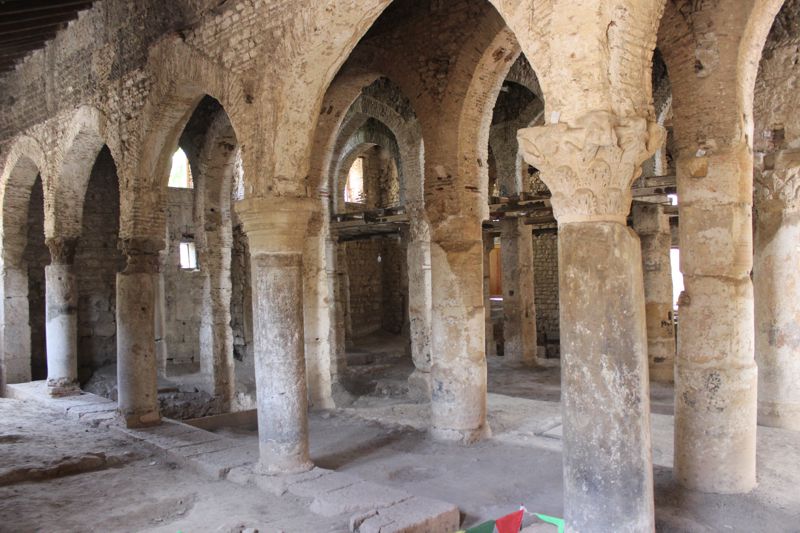
Inside of the mosque
Well, perhaps that explains why Abu al-Muhajir’s name was stripped from this mosque and it was renamed for a local imam. And then some time later it was abandoned and used as a workshop.
It is interesting that the 9th century Islamic writers are very hard on Abu al-Muhajir. It seems they are still quite close to the events, and things are still a bit raw, and they make him out to be a small ruler, who never went anywhere or did anything. Once we reach the 11th century, the Islamic historians are much kinder, and they acknowledge that he led the Muslim armies into Tunisia, and established the army’s presence there.


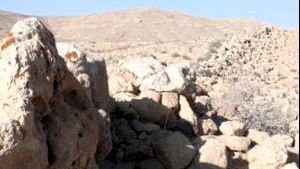

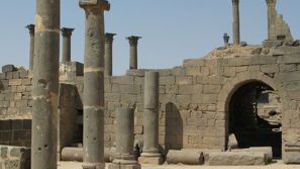
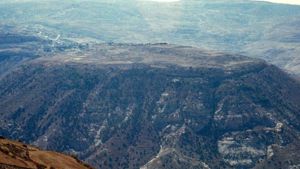
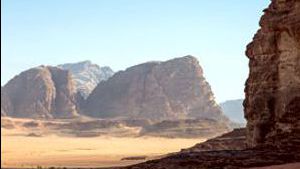
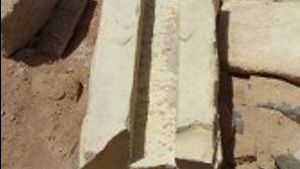
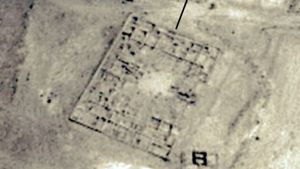
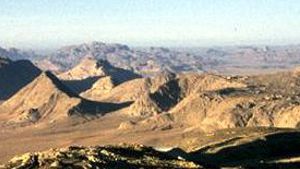
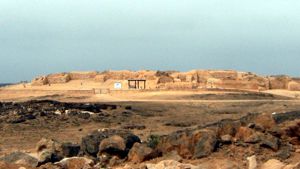
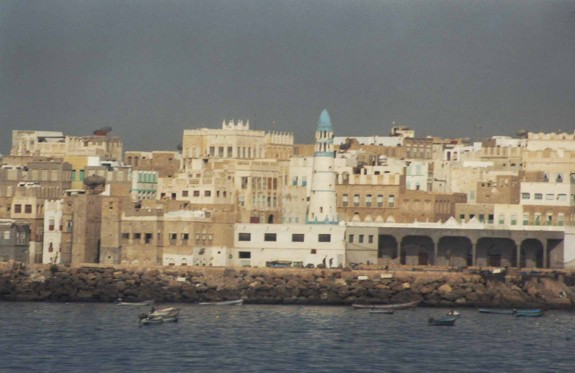
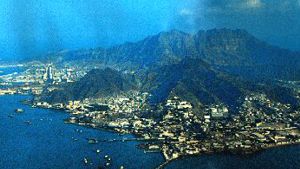
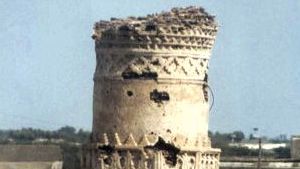
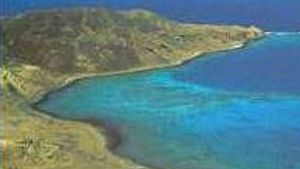
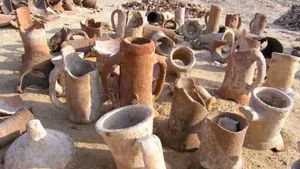
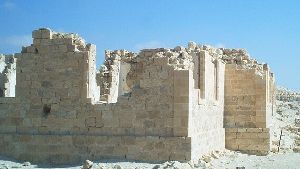
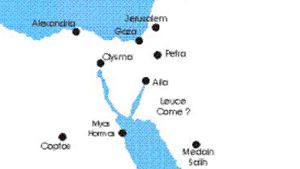
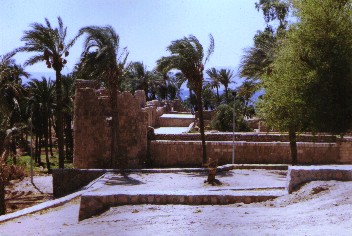
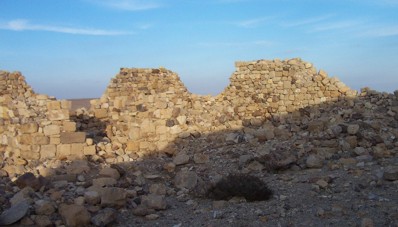
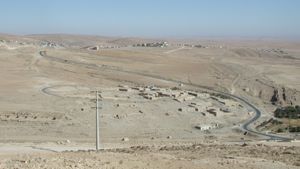
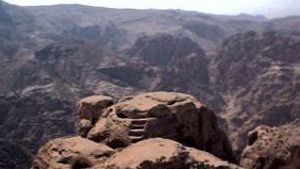
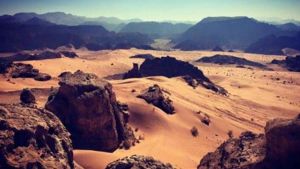
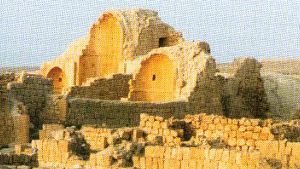
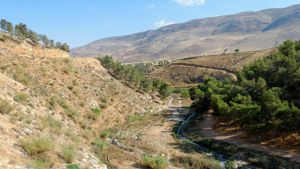
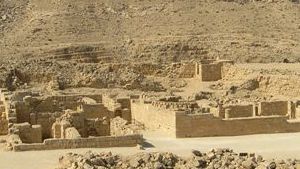
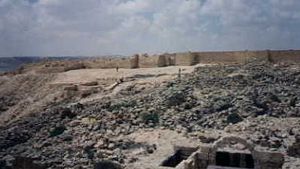
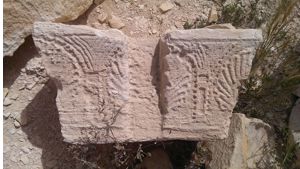

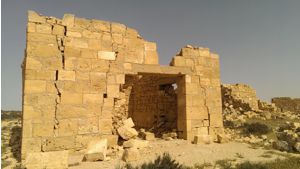
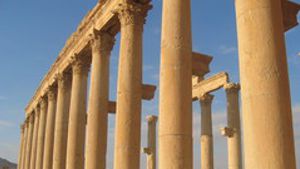
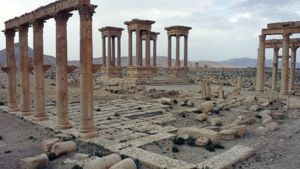

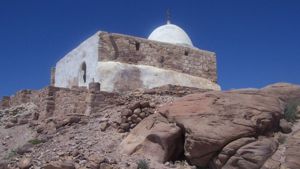
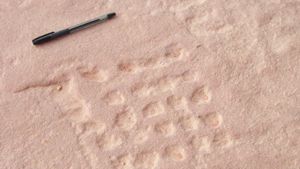

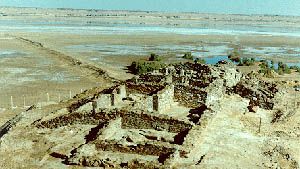
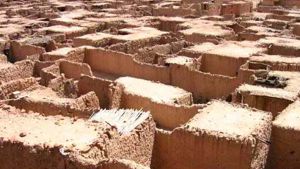
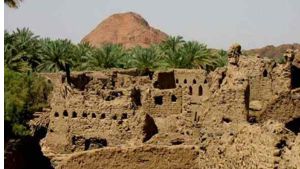
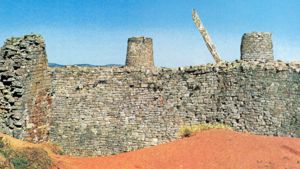
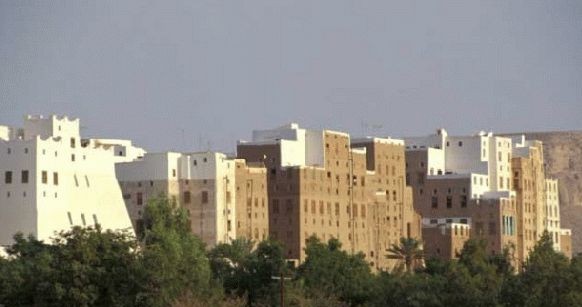
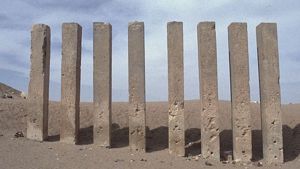
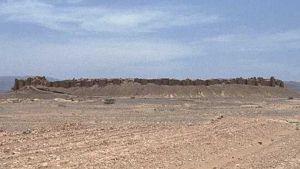
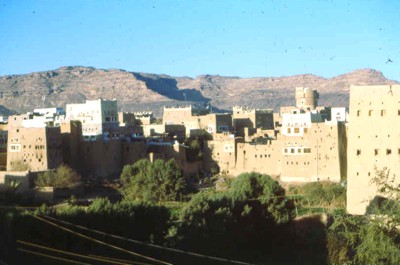
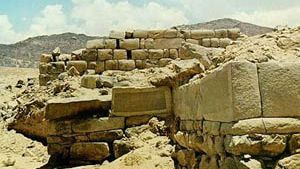

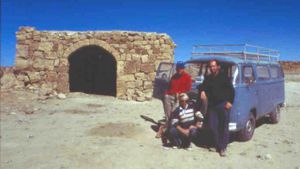
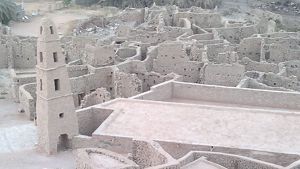
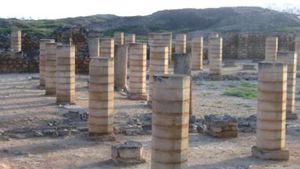
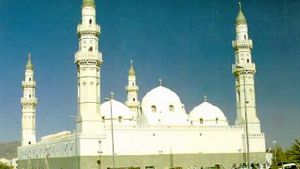
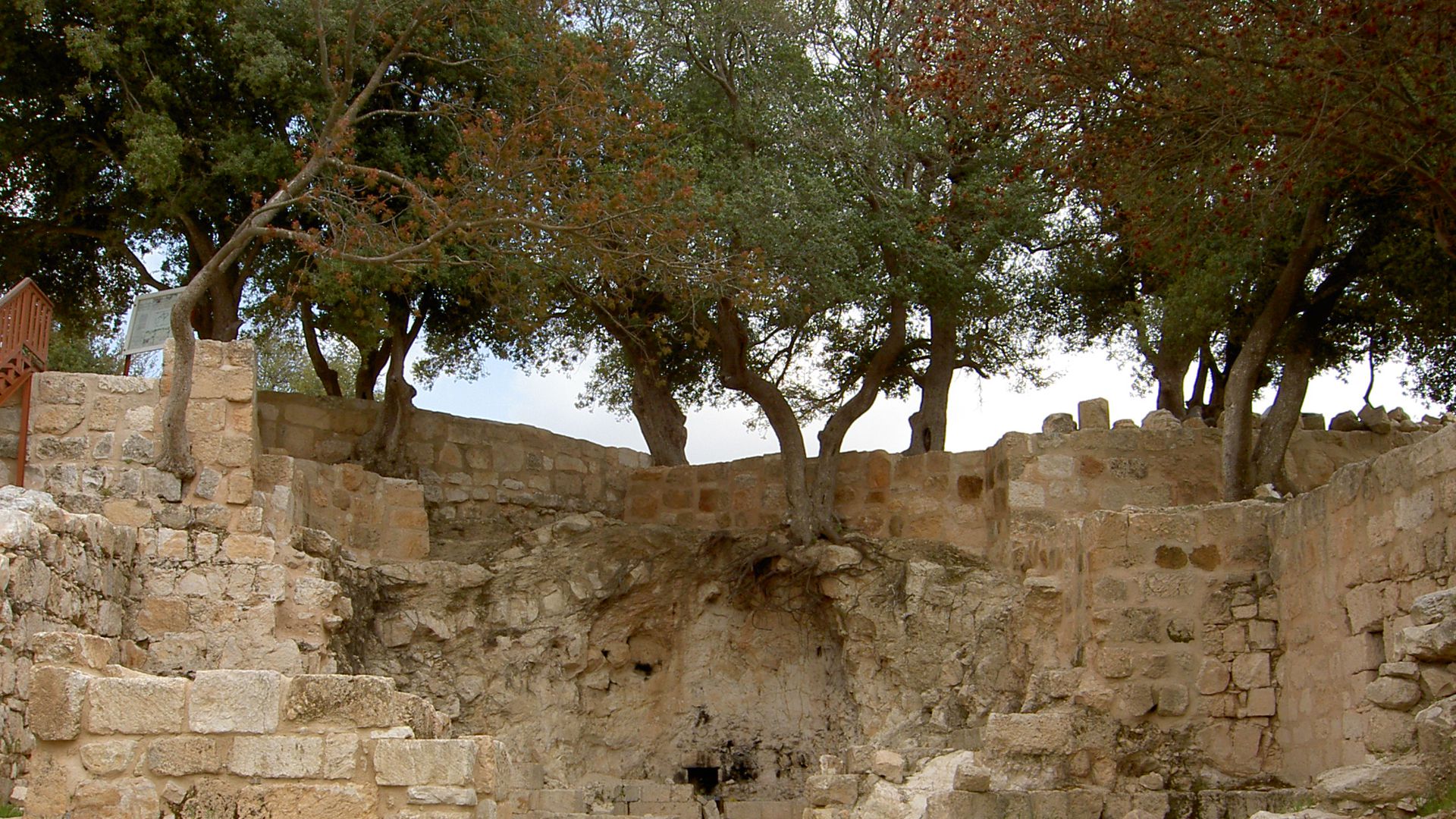
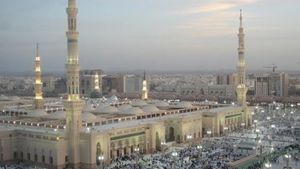
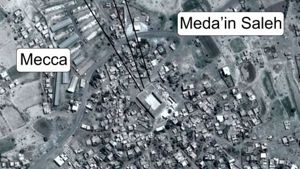
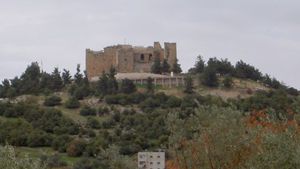
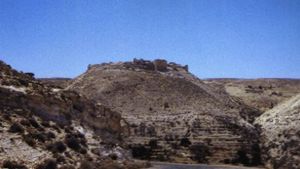
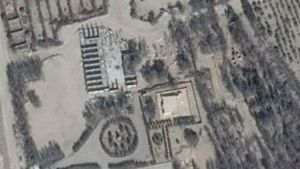
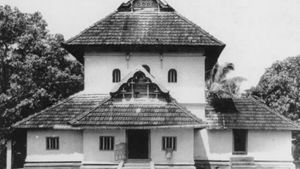
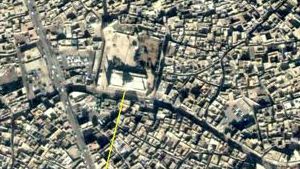
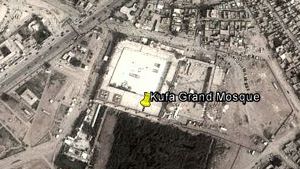
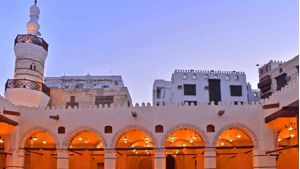
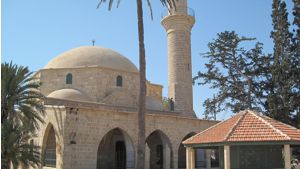

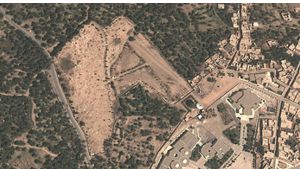
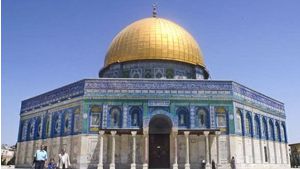
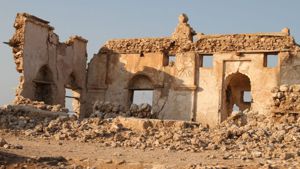
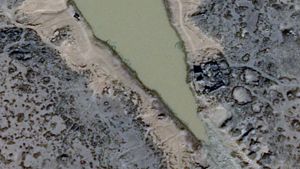
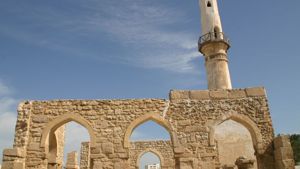
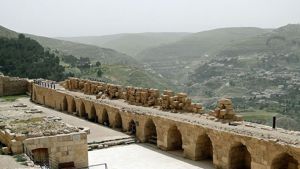
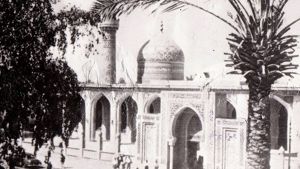
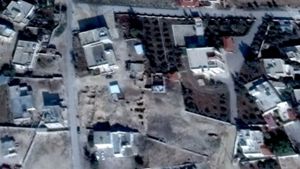
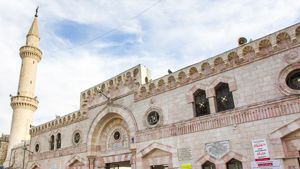
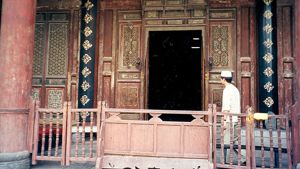
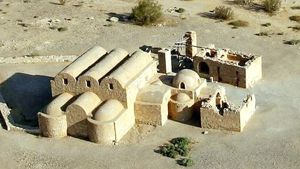
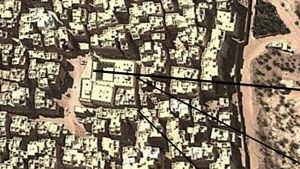
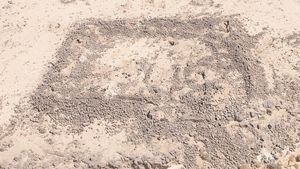
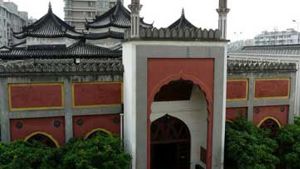
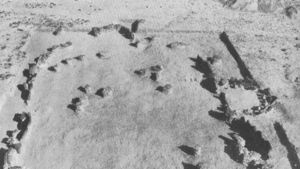
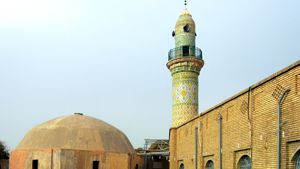
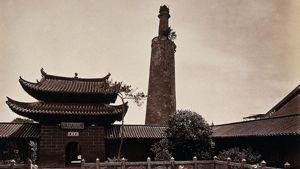
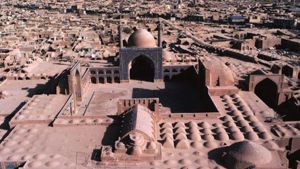
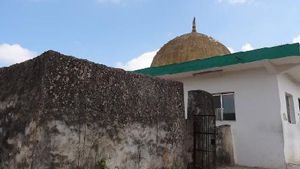
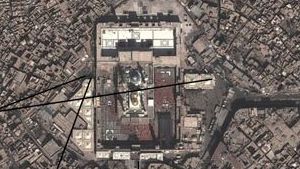
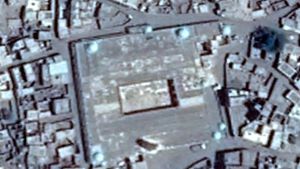
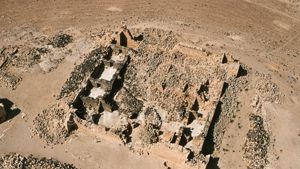
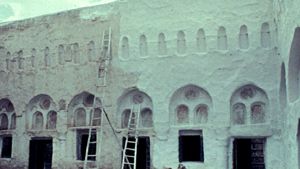
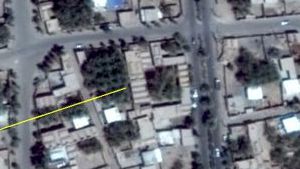
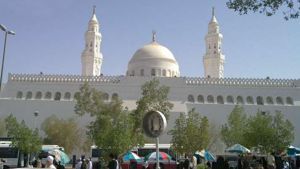
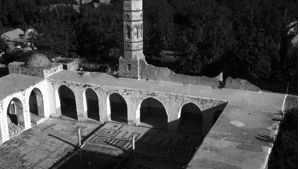
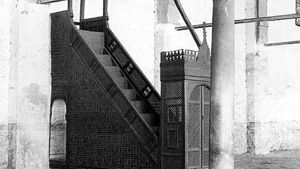
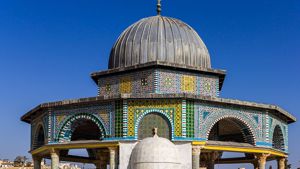
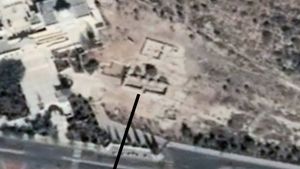
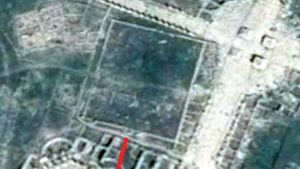
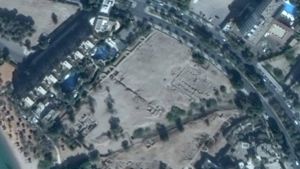
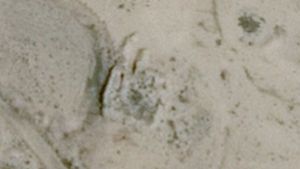
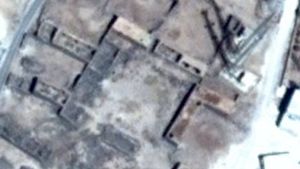
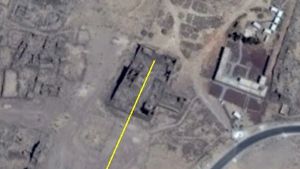
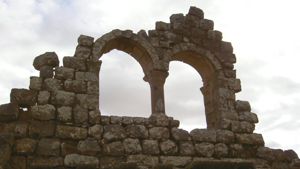
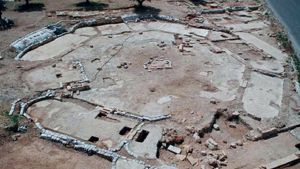
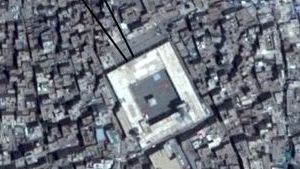
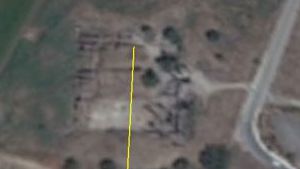
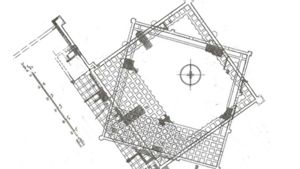
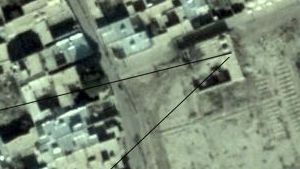
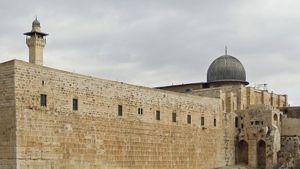
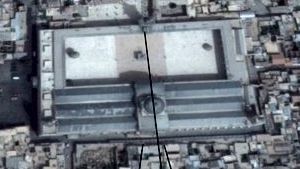
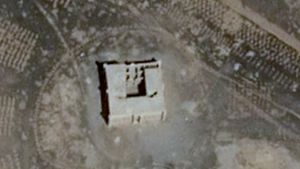
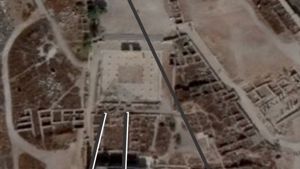
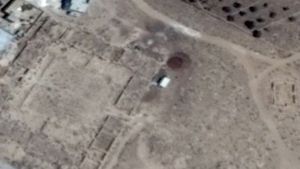
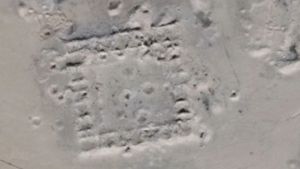
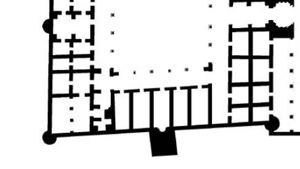

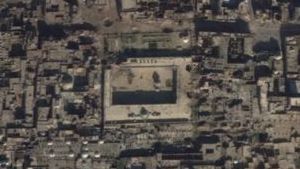
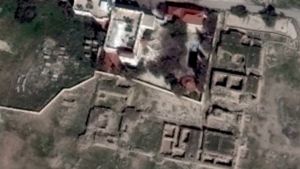
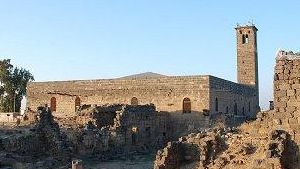
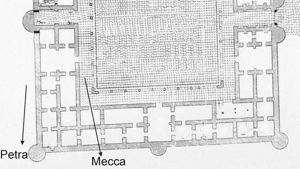
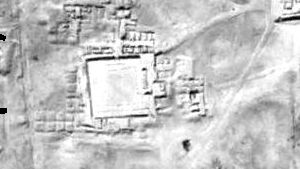
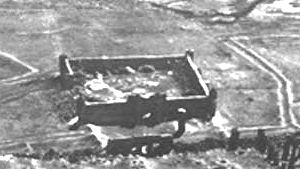
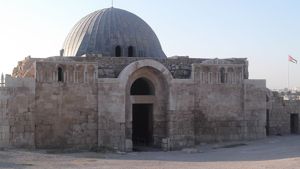
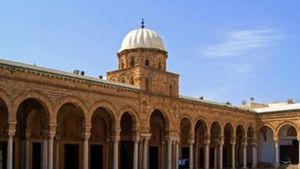
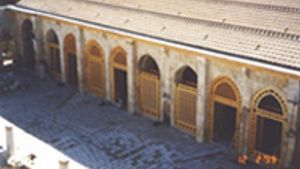
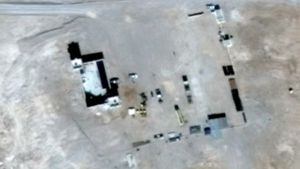
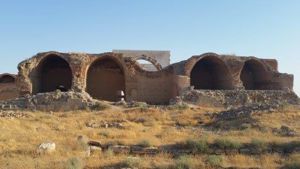
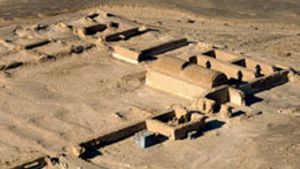
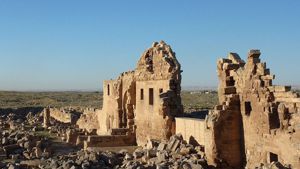
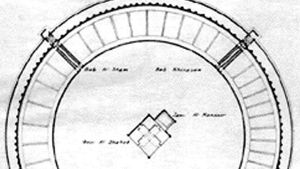
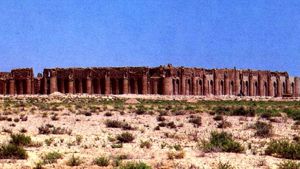
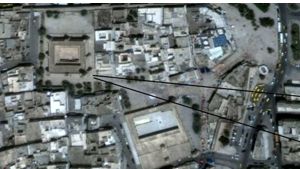
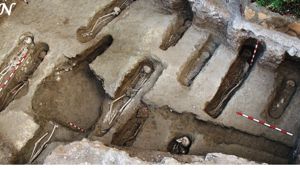
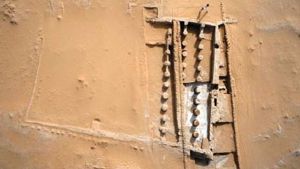
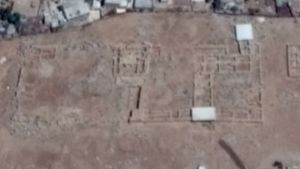
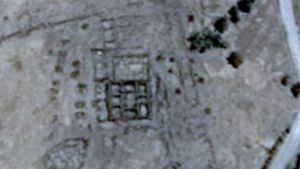
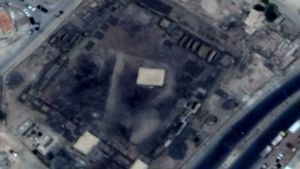
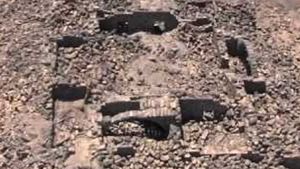
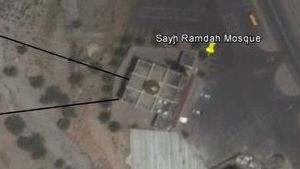
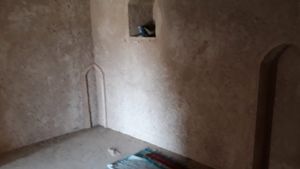
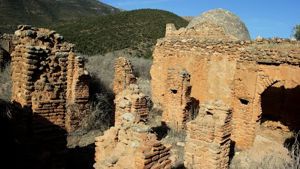
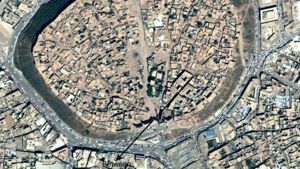
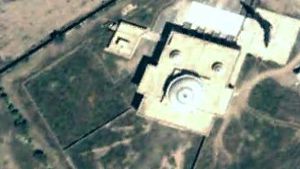
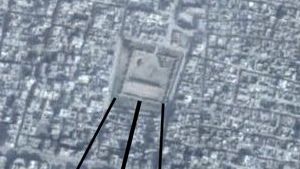
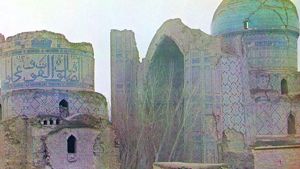
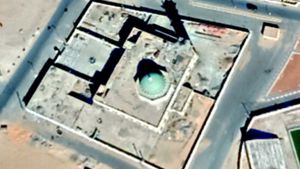
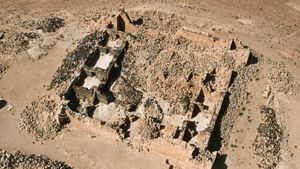
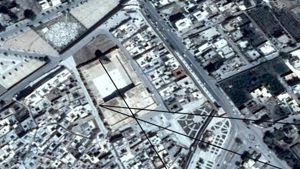
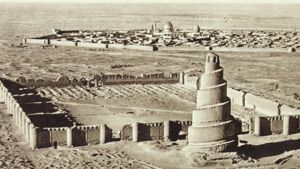
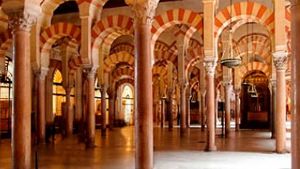
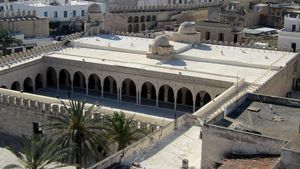
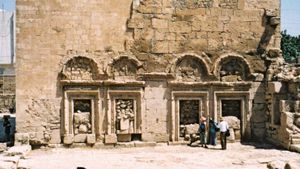
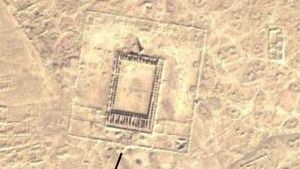
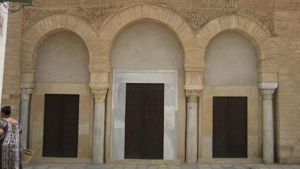
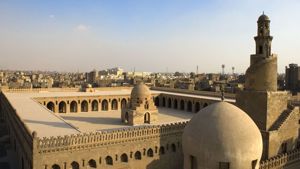

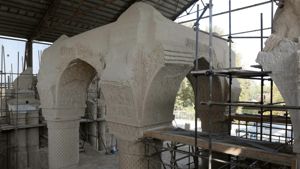
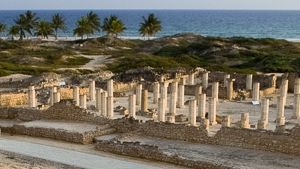
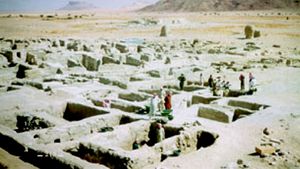
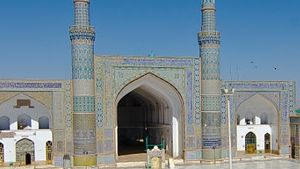
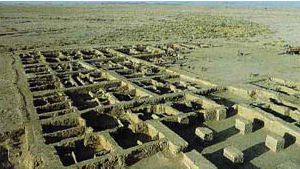
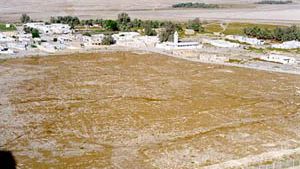
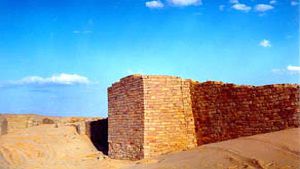
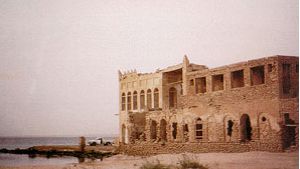
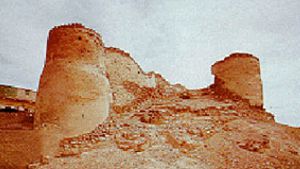
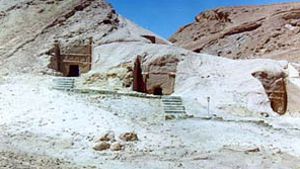
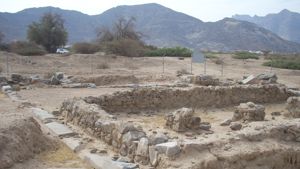
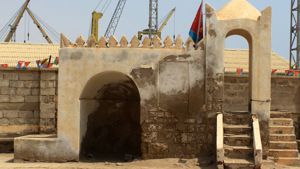
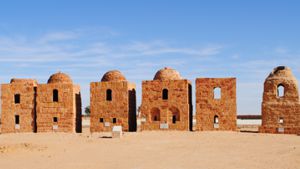
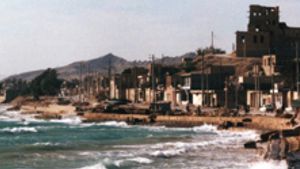
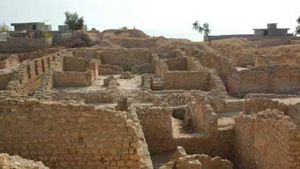
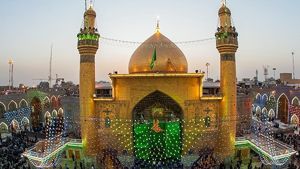
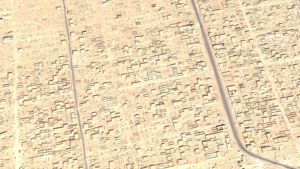
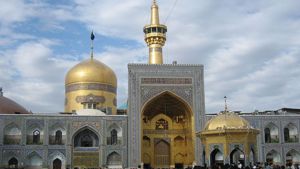
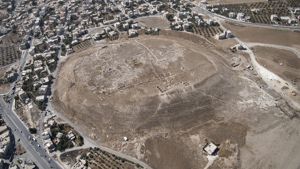
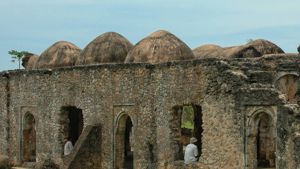
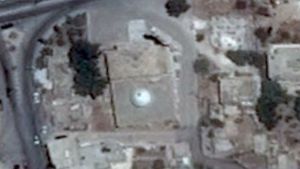
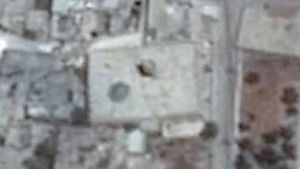
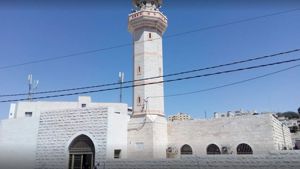
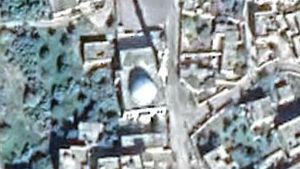
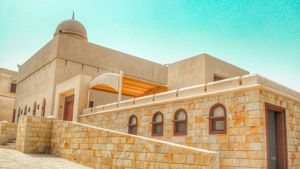
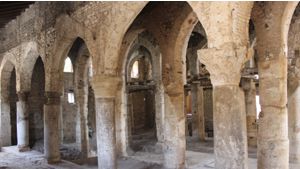
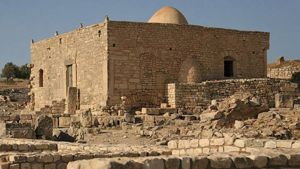
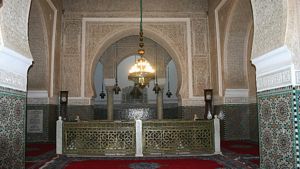
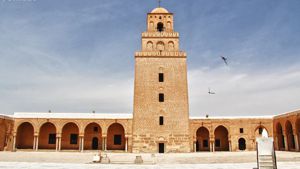
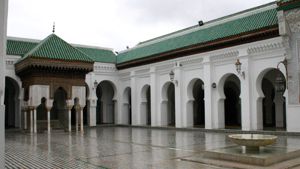

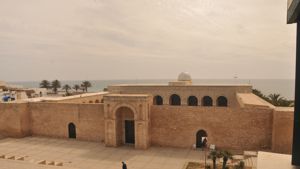
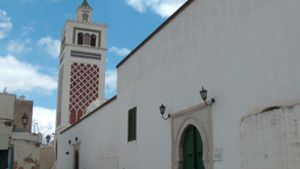
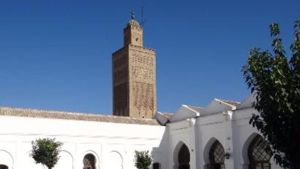
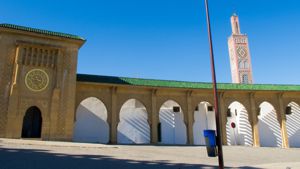
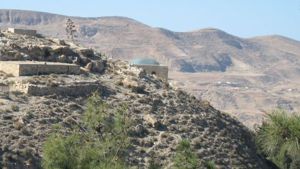
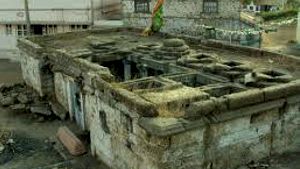
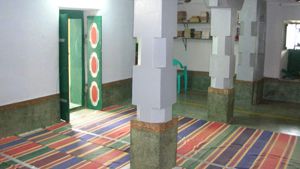
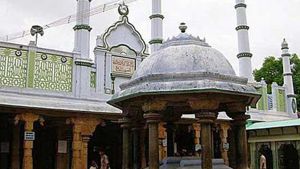
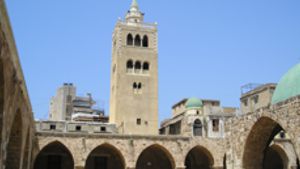
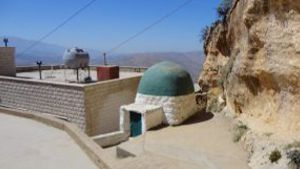
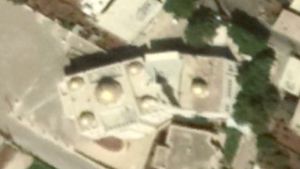
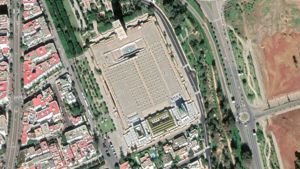
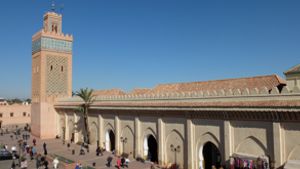
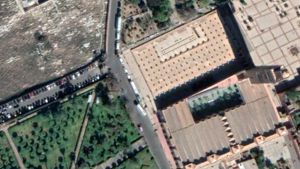
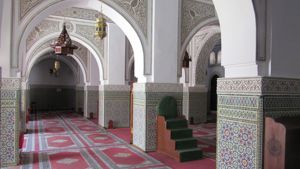
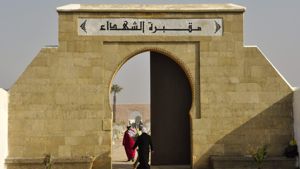
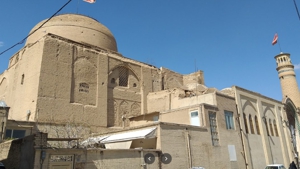
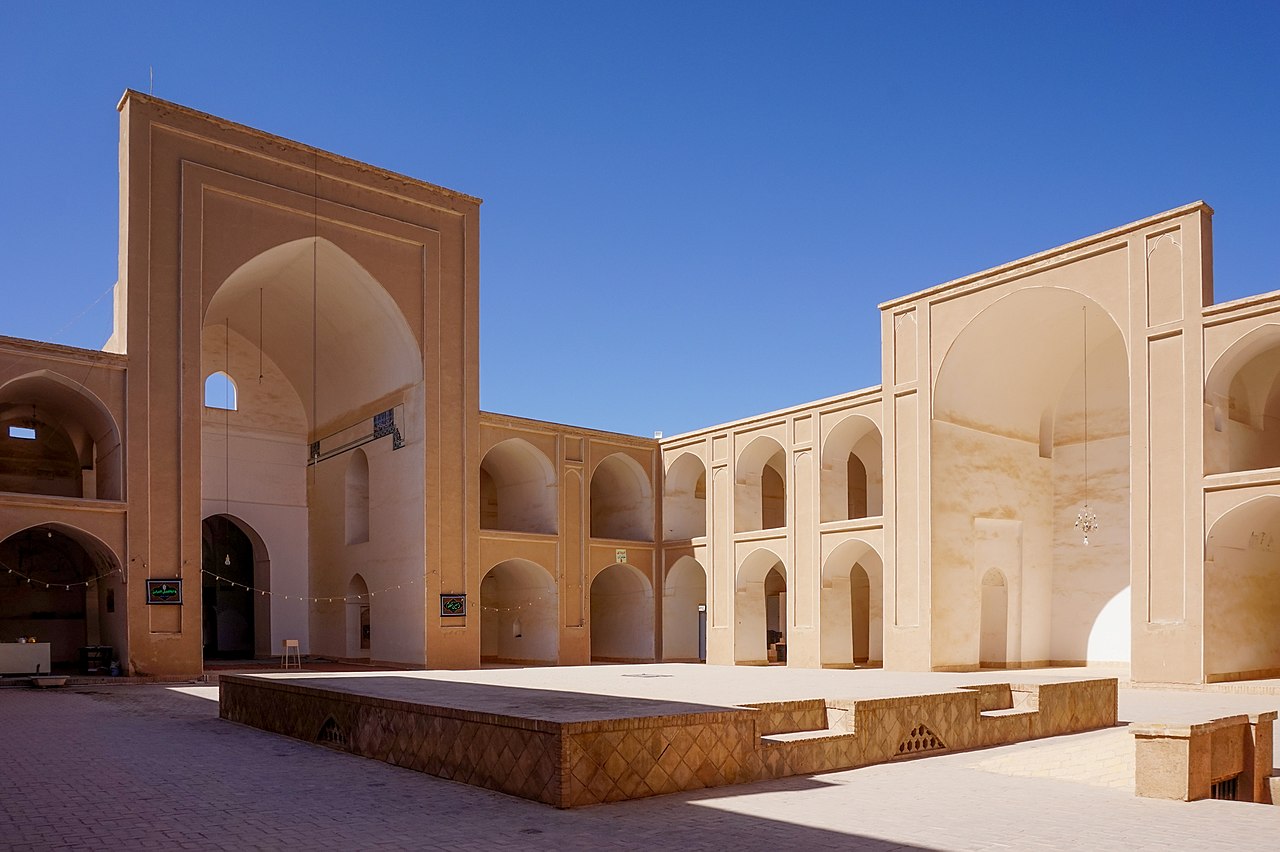
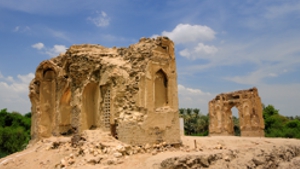
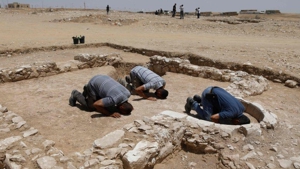
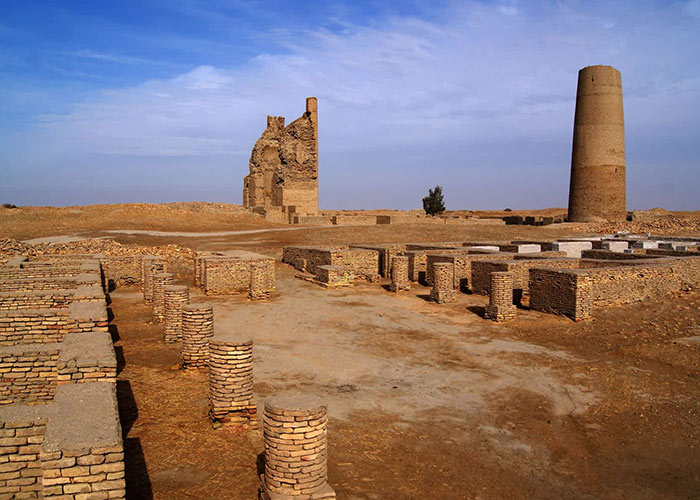
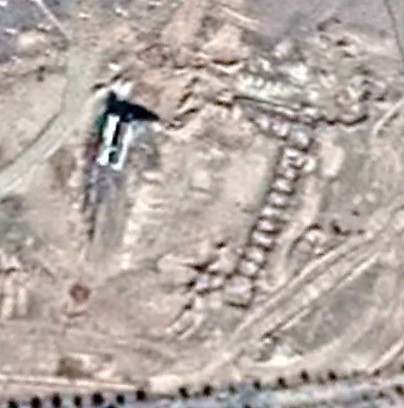

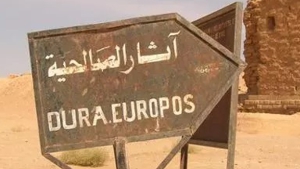
Page Discussion
Membership is required to comment. Membership is free of charge and available to everyone over the age of 16. Just click SignUp, or make a comment below. You will need a user name and a password. The system will automatically send a code to your email address. It should arrive in a few minutes. Enter the code, and you are finished.
Members who post adverts or use inappropriate language or make disrespectful comments will have their membership removed and be barred from the site. By becoming a member you agree to our Terms of Use and our Privacy, Cookies & Ad Policies. Remember that we will never, under any circumstances, sell or give your email address or private information to anyone unless required by law. Please keep your comments on topic. Thanks!